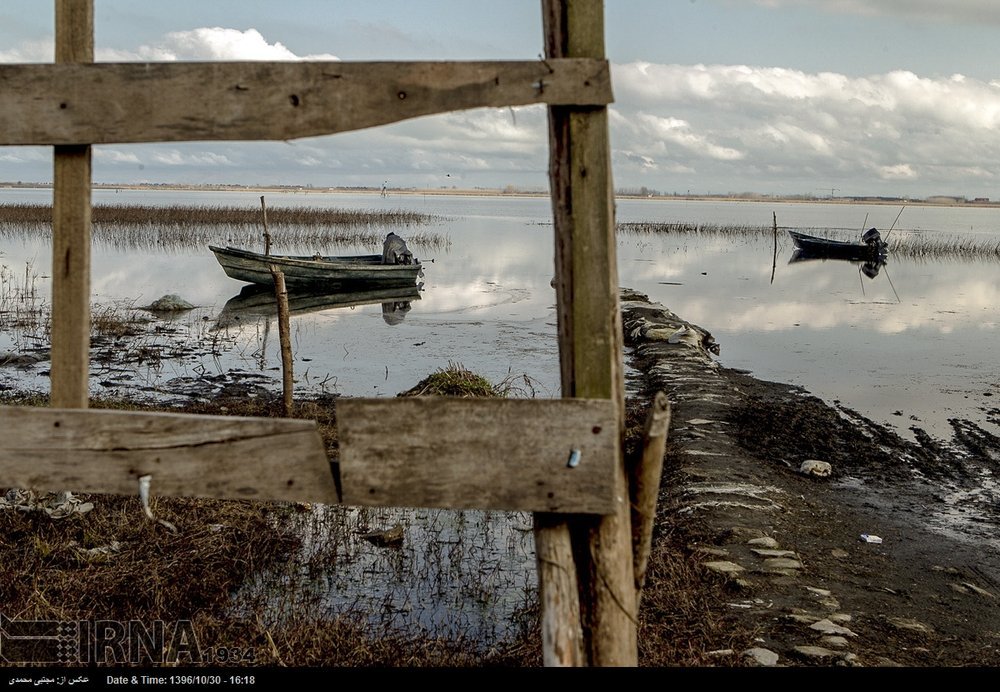DOE asks govt. body to help restore Anzali wetland

TEHRAN — The chief of the Department of Environment (DOE) Issa Kalantari has put in a request to the head of the Budget and Planning Organization Mohammad Baqer Nobakht to financially support a scheme proposed by researchers to revive the endangered Anzali wetland.
Covering more than 19,000 hectares, the wetland is located near the northern port city of Bandar Anzali, neighboring the Caspian Sea. The wetland was designated as a Ramsar site on June 23, 1975. It is fed by several rivers and separated from the Caspian Sea by a dune system. The lagoon is home to submerged and floating vegetation and also extensive reed beds. It bears international importance in terms of breeding, staging and wintering water birds.
“Restoration of Anzali Wetland by means of bioremediation using domestic technologies” the is scheme proposed by researchers at Isfahan Science and Technology Town which is approved by DOE, ISNA news agency reported on Saturday.
Bioremediation is a process that uses living organisms, mostly microorganisms and plants, to degrade and reduce or detoxify waste products and pollutants.
In a letter to the head of Budget and Planning Organization, Kalantari has requested the organization to allot necessary budget to get the project off the ground to restore the wetland.
“Sediment deposition in the wetland is posing a significant threat to it, and is increasing chances of its total disappearance in the near future,” the letter reads.
“Over the past few years some measures have been taken to reduce the negative effects of sediments in the wetland but none have produced any tangible results.
“Thankfully, owing to the knowledge-based companies endeavors a new method of bioremediation is developed which is also compatible with ecological characteristics of the wetland.
“The schemes has been piloted successfully and can reduce the sediments in the wetland within three years should the Budget and Planning Organization allocate the budget.”
Kalantari has finally emphasized that all other projects launched to restore the wetland should be coordinated with the aforesaid project.
The water level of Anzali wetland has dramatically reduced due to decreased precipitation. As per the reports published by Iran’s Meteorological Organization, the average precipitation of Gilan Province has dropped 23.2 percent from September 23, 2017 to December 25, 2017 compared to the corresponding period a year before that. The report also indicated that the mean precipitation of the province in long run has reduced by 9 percent.
Additionally degradations such as change in water level of the Caspian Sea, sedimentation, and water pollution caused the wetland to be enlisted in the Montreux Record in 1993.
According to the official website of the Ramsar Convention on Wetlands, Montreux Record is part of the Ramsar Convention which lists the wetlands “Where changes in ecological character have occurred, are occurring, or are likely to occur as a result of technological developments, pollution or other human interference.”
MQ/MG
